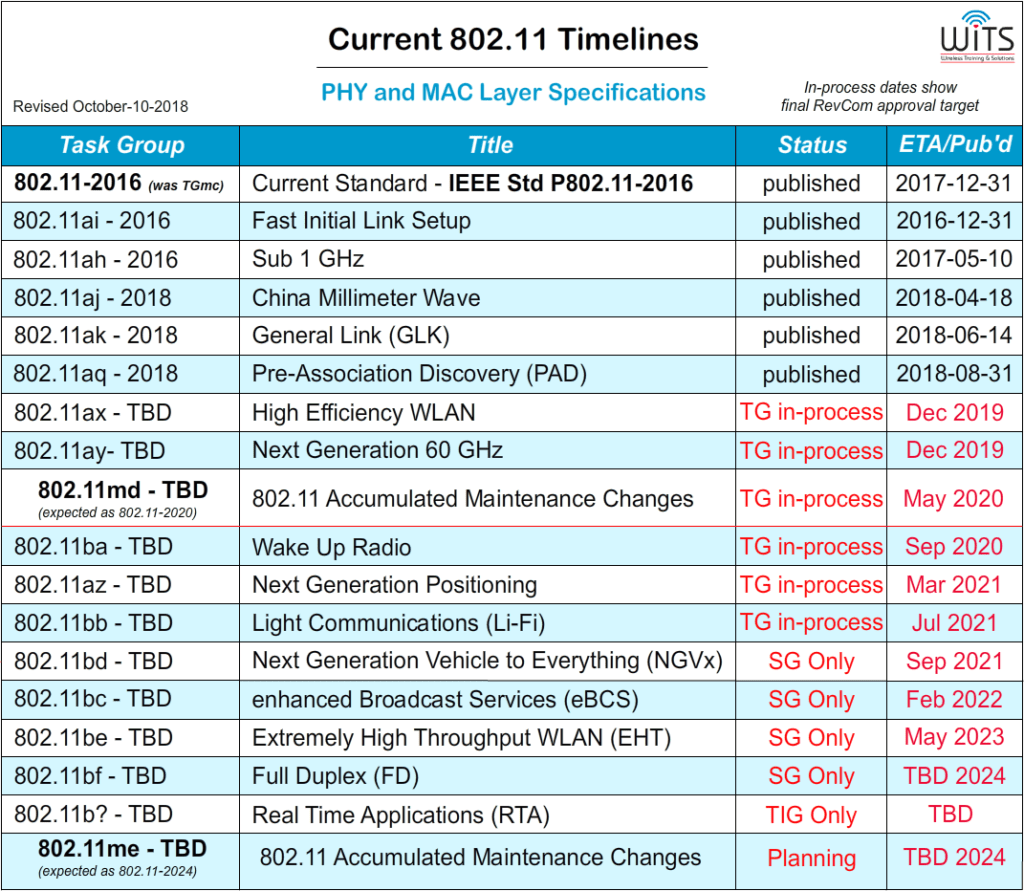

Then, power-hungry parts of a node are put into sleep and remotely activated on demand. The basic idea is to equip each node with a low-power wake-up radio (WuR), which is always active to accept wake-up request. This is because an AP has no channel state information (CSI) about its nodes.Īs for (i), there has been much research on remote wake-up control. (ii) Second one is the low transmission rate or even packet loss due to multipath fading. However, in this duty-cycling mode, saving more power requires a longer period, which usually leads to larger delay. In this method, WLAN modules of nodes periodically wake up to receive from the AP (Access Point) beacons with traffic indication, and if any packets have arrived, they stay awake to receive those packets.

Power-save mode (and adaptive PSM ) is a typical method to reduce power consumption.

This constant awake mode leads to much energy waste. Because the arrival timing of a packet is not known in advance, the WLAN module of each node has to stay awake so as to receive any packet instantly. (i) First one is the energy waste due to idle waiting. Downlink traffic is the majority in WLANs, and its transmission usually faces two problems. Wireless local area network (WLAN) is playing a more and more important role in offloading the ever-increasing mobile traffic from cellular networks. Extensive simulations confirm that the proposed method (i) effectively reduces power consumption of nodes compared with other methods, (ii) has less delay than power-save mode in times of light traffic, and (iii) achieves higher throughput than other methods in the saturation state. Optimal SNR threshold, deduced by theoretical analysis, helps to reduce transmission collisions and false wake-ups (caused by wake-up latency) and improve transmission rate. Among the nodes which have packets buffered at the AP, only those whose SNR is above a threshold will be activated, contending via a proper contention window to receive packets from the AP. To solve these problems, in this paper, a broadcast-based wake-up control framework is proposed, and a low-power WuR is used to receive traffic indication map from an AP, monitor link quality, and perform carrier sense. But link quality is not taken into account and protocol overhead of wake-up per node is relatively large. Recently, remote wake-up control via a low-power wake-up radio (WuR) has been introduced to activate a node to instantly receive packets from an access point (AP). In the downlink of a wireless LAN, power-save mode is a typical method to reduce power consumption.


 0 kommentar(er)
0 kommentar(er)
